If you’re thinking about bringing a new canine companion into your family, you might be wondering what the friendliest dog breeds are to choose from.
Dog breed matters!
When you introduce a new dog to your family, children, other dogs or even a place they’ll be around lots of people, you want a dog who is friendly enough by nature to adapt to these types of situations.
In fact, if you think about it, there aren’t many situations where a dog’s friendliness isn’t the top of your list of qualities of a potential dog.
There are a few different elements to finding the perfect dog, and knowing the friendliest dog breeds to choose from is an important part.
While breed and size are obviously important factors, you have to consider the dog’s training and their previous environment when figuring out where they will land on the friendliness scale.
Here are four important factors to consider when finding the friendliest dog breeds for you and your family.
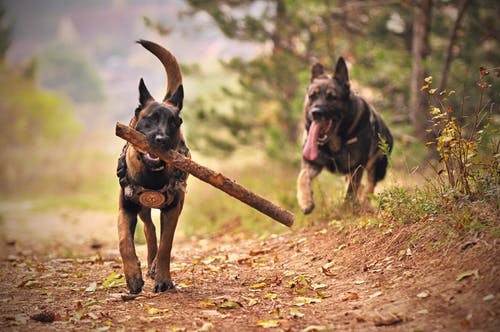
1. Their Environment
You can find the friendliest dog breeds in the world, but there are some things that you just can’t control, namely other dogs.
Having a community of friendly dogs at your local park or walking routes can really help encourage a dog to be as friendly as possible, but this can go the other way if there are aggressive dogs in the area.
Dogs learn from each other—think of it as your kids at school “getting into the wrong crowd”. That’s easier to avoid with dogs, though, because you can always choose other locations to exercise and socialize your dog.
Another issue that can be a problem with certain dog communities is fleas.
Again, this is easily comparable to school children and the problems that can arise when there is just one parent who doesn’t do anything about nits or lice. If there is a dog that always has fleas it can be a big problem for your own dog.
Fleas are hard to get rid of once you get them, and will drive you and your pet crazy! You’ll need to have a flea remedy at hand, whether it is a natural flea and tick deterrent or something like frontline. Beware of topical as well as oral medications though, because they can cause health problems in some dogs.
Learn how to speak your dog’s language! Download my FREE Ebook: Hidden Secrets to Communicating with Pets HERE
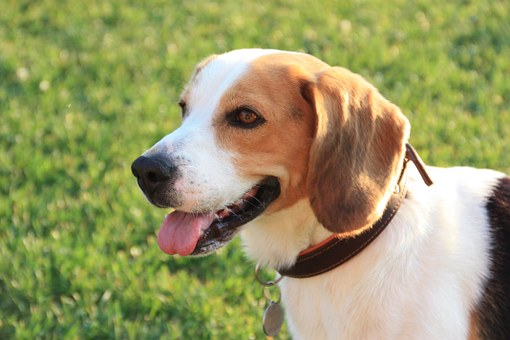
2. Breed
As pedigrees are bred for specific purposes, there are obviously some that are bred away from friendliness if their function is to be a guard dog, fighter, or worker. That said, any opinions on what are the friendliest dog breeds are just that, opinions. Here is a list of friendliest dog breeds from dogsbreedlist:
- Labrador Retriever
- Alsatian German Shepherd
- Beagle
- Golden Retriever
- Yorkshire Terrier
- Boxer
Now for some speculation on why these specific breeds are in the top 6 of the list.
All these wonderful breeds have been family favorites for many years. The only setback if you want a great friendly dog for your family is that the larger dogs require a lot of exercise because they are a high energy kind of dog.
The Alsatian (German Shepherd) seems like an odd one to be on the list, given their reputation for being staunch guard dogs. But despite their serious demeanors, they can be very loyal and friendly dogs, although they also need a lot of exercise and like all dogs, proper training.
The only ones on the list that doesn’t need a lot of exercise is the beagle and terrier and don’t grow to be the size of a small human.
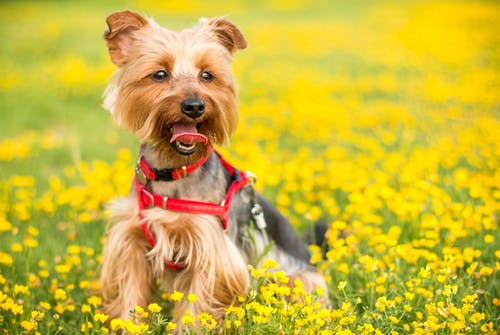
3. Size
Are the friendliest dog breeds determined by their size?
Not necessarily, since different owners have different expectations. Behavior can be altered to make friendly dogs better or worse.
The main issue with size and friendliness is that people ignore bad behavior in small dogs as it’s not as obvious or threatening. If a 150 pound St. Bernard constantly jumps up at people, it’s very dangerous and the owners must quickly work on rectifying the situation.
However, if a Chihuahua does the same thing, it will go unchecked and may even be encouraged by picking the dog up and coddling it to be quiet or control it. Sometimes people even find the doggo antics cute!
Also, except for the Beagle and Terrier, they can become quite large growing up to 80 to 100 pounds or more. As you can imagine, they eat a lot too! The bigger dogs are not lap dogs although they may love to be in your lap! For these reasons, some of the friendliest dog breeds might not be suitable for someone without much spare time or room.
It’s small issues like this and improper training that generally mean bigger dogs can be better behaved by the time they get to adulthood. On the other hand, all dogs do need proper socialization to be friendly.
4. Training
The bottom line is, Training is the most important aspect when you want your dog to be as friendly as possible. All breeds can be friendly or aggressive depending on their upbringing and handling. Be sure you’re ready to be a proper caregiver, guardian and good dog parent before getting any dog, and all will be well. Click here for a list of things to do and to avoid when training your dog.
Author Brett Janes is a MA writing student at LJMU, UK, founder of literary organization King Yeti and a member of The Wild Writers, a collective who run events and exhibitions throughout the Northwest. Also writes guest posts for Vet Medic, who is one of UK’s leading pharmacists and vets who are genuinely passionate about pet health and medicines.
Did you enjoy this article? Here are some more you might enjoy:
Healing dogs through meditation.

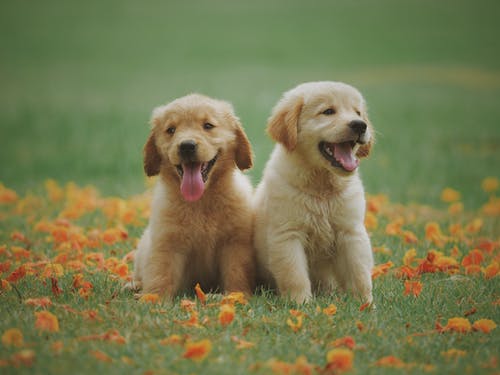
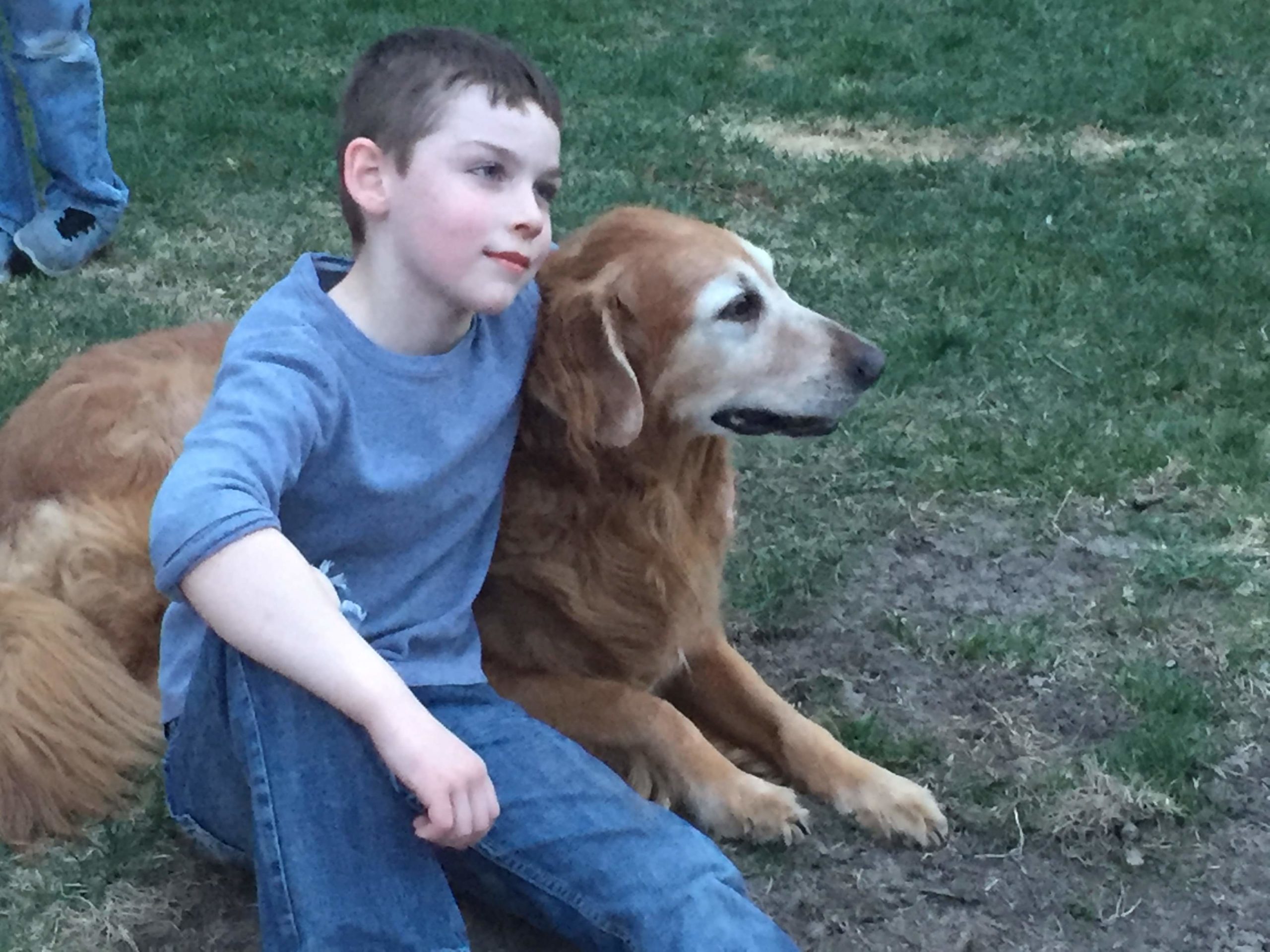
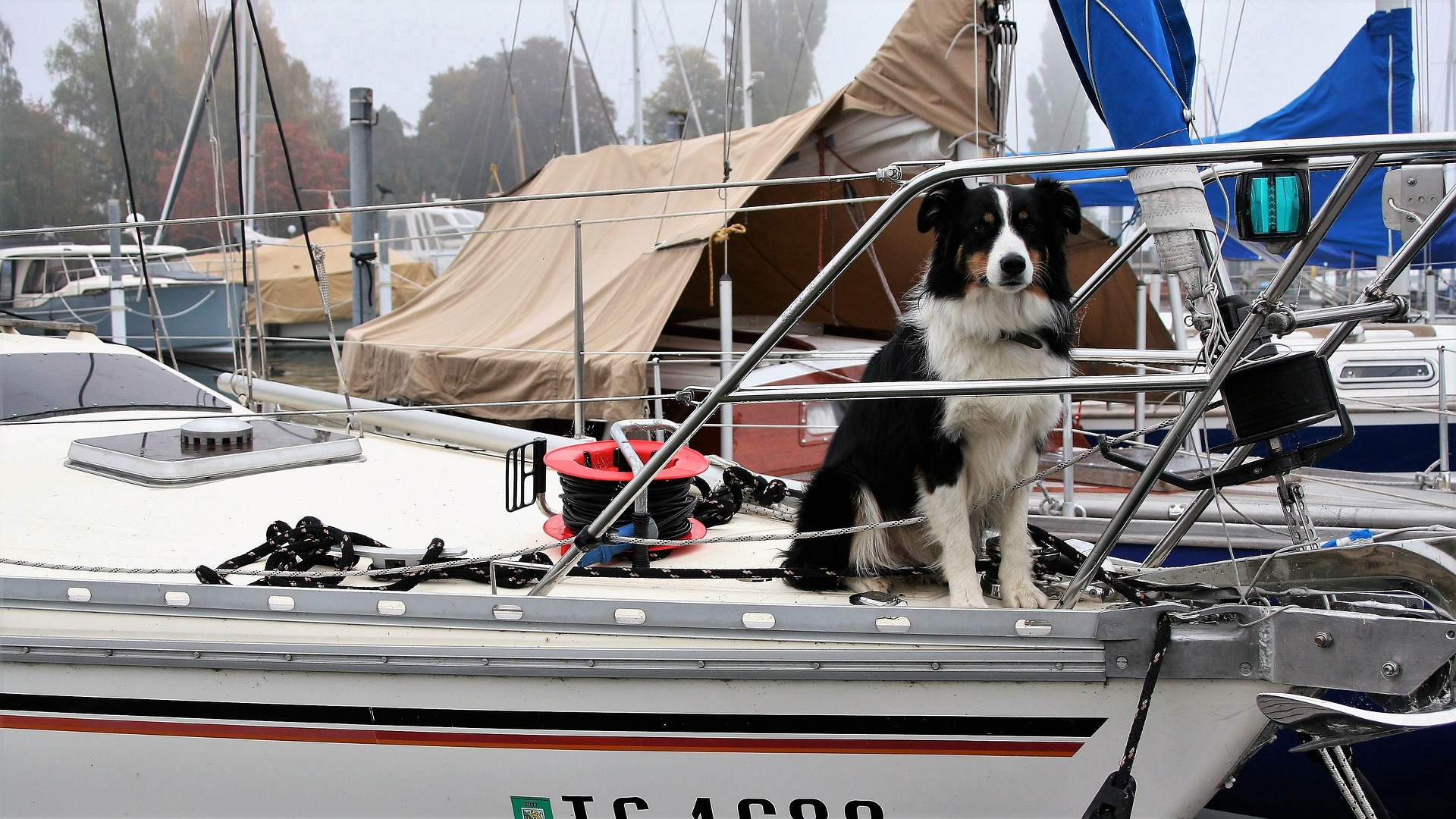

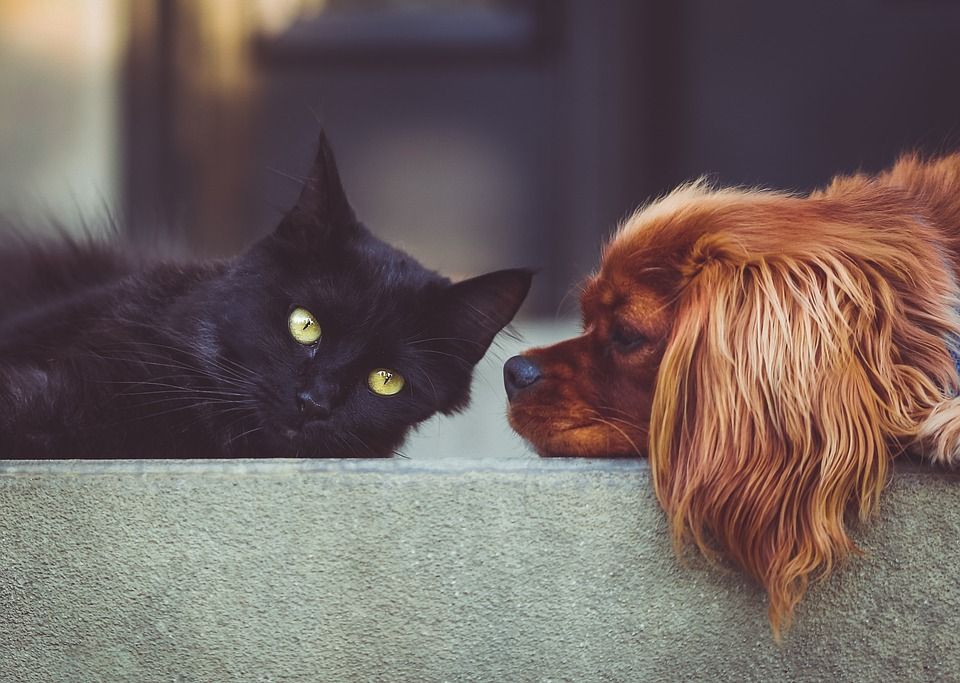

Leave a Reply